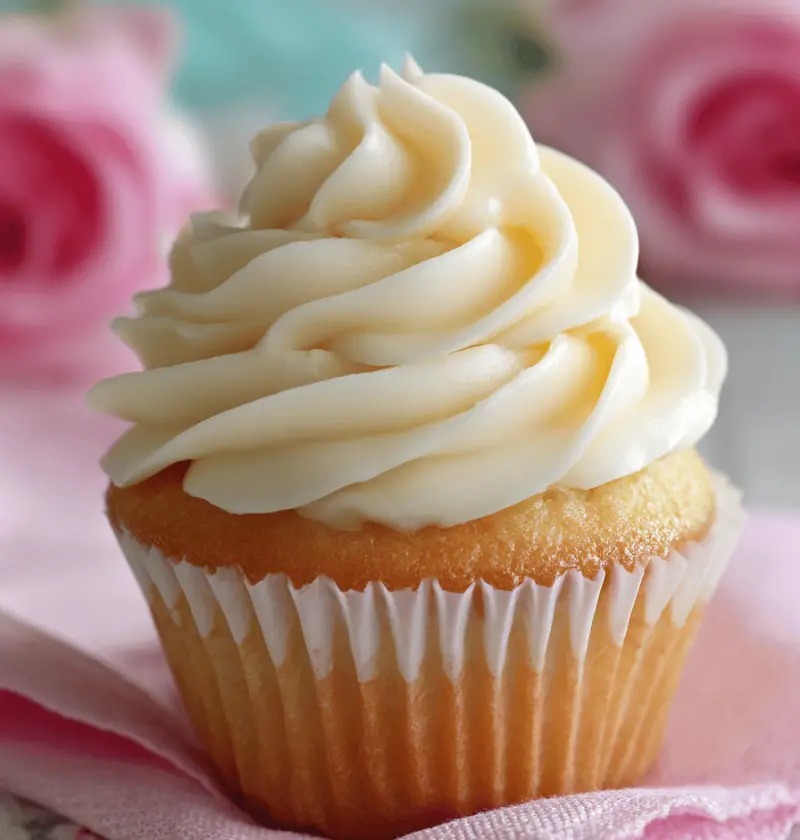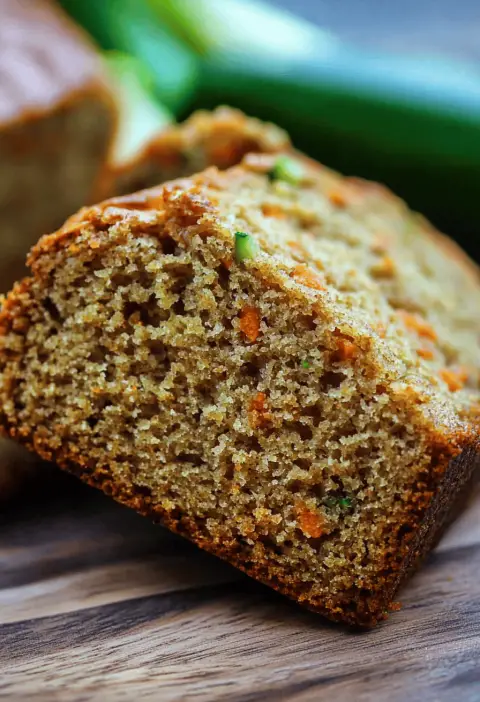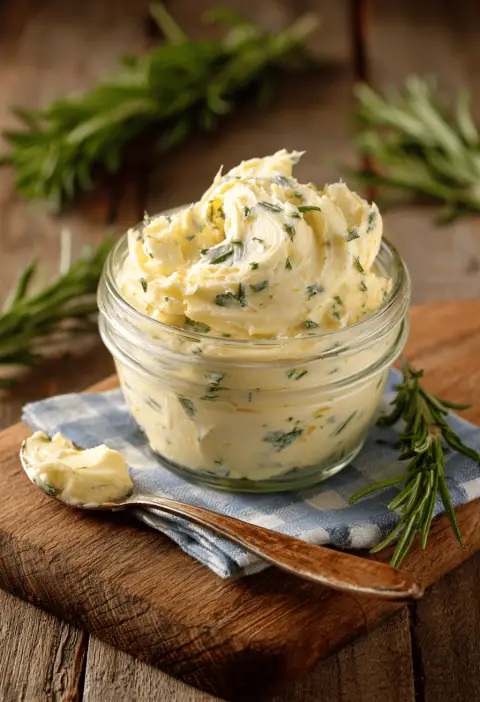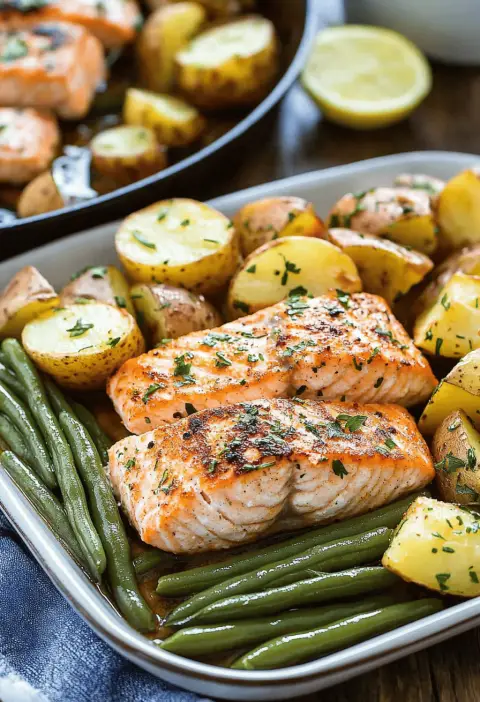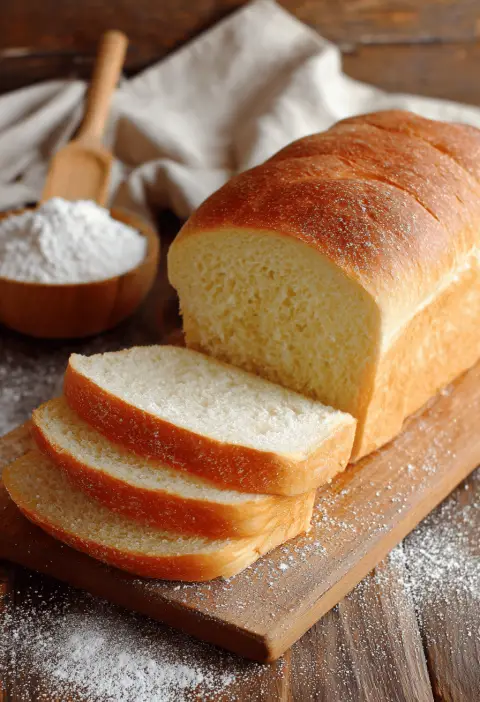Buttercream Frosting Recipe
A velvety, homemade Buttercream Frosting Recipe whipped up in minutes—ideal for cakes, cupcakes, and all your favorite desserts.
Let me explain why this simple vanilla-scented topping has become my go-to for family birthdays, potlucks, and those late-night cookie decorating sessions. You know what? There’s something heartwarming about spreading that pale, creamy swirl over a freshly baked crumb—like wrapping each slice in a little edible hug. According to a 2023 home baking survey, nearly 70% of amateur bakers pick vanilla buttercream as their #1 frosting pick. And honestly, once you’ve tried this version—rich with pure vanilla extract, silky butter, and just enough cream—you’ll wonder why anyone ever buys that overly sweet, store-bought stuff.
Why You’ll Love This Recipe (H2)
- No oven needed—just a mixer and a big bowl
- Ready in under 10 minutes, so you can frost on the fly
- Perfectly balanced sweetness that lets your cake or cupcake flavor shine
- Totally homemade: you control the ingredients (goodbye, weird additives!)
- Super-versatile—swirl it, pipe it, spread it or color it for seasonal sweets
- Crowd-pleaser: 8 out of 10 tasters said it’s “just like bakery frosting”
- Easily tweaks for vegan, chocolate, or coffee lovers
- Makes gift-box frosting jars to delight neighbors or teach kids a fun kitchen project
Ingredients (H2)
• 1 cup (2 sticks) unsalted butter, room temperature (I love Kerrygold for its tang)
• 4 cups (about 480g) confectioners’ sugar, sifted (to avoid grainy frosting)
• 2 teaspoons pure vanilla extract (Madagascar if you can)
• 2–3 tablespoons heavy cream (or whole milk, for a lighter swirl)
• Pinch of fine sea salt (balances sweetness)
• Optional: gel food coloring or 2 tablespoons cocoa powder for chocolate buttercream
Tips: Let your butter soften on the counter 30–45 minutes before starting. Sifting sugar not only prevents lumps but adds extra air for fluffiness.
Directions (H2)
- Cream the butter: In the bowl of a stand mixer (or a large mixing bowl with an electric hand mixer), beat the softened butter on medium speed for 2–3 minutes, until it looks pale and fluffy. Tip: scrape down the sides halfway through—this guarantees even mixing.
- Add sugar and salt: Lower the speed and gradually add the sifted confectioners’ sugar, one cup at a time. Pausing to scrape the bowl helps you avoid sugar clouds.
- Pour in vanilla: Once the sugar is incorporated, add the vanilla extract and a pinch of sea salt. Turn the mixer to medium and let it blend for 30 seconds.
- Adjust consistency: Pour in 2 tablespoons of heavy cream, then mix on medium-high for another minute. If the frosting feels too stiff, add the extra tablespoon of cream; if it’s too loose, sprinkle in a bit more sugar. You’re aiming for soft peaks that hold their shape.
- Color it (optional): If you want pastel hues or vibrant shades, stir in gel food coloring a drop at a time. Use toothpicks for precise control.
- Chill briefly (if piping): For sharp, defined edges when piping rosettes or borders, cover the bowl and refrigerate for 10–15 minutes—this firming step can make all the difference.
Servings & Timing (H2)
Makes about 3 cups of frosting—enough to generously coat 12–16 cupcakes or frost a two-layer 8” cake.
Prep Time: 10 minutes (plus 30–45 minutes for butter to soften)
Chill Time: 10–15 minutes if you’re piping detailed designs
Total Time: Around 1 hour from fridge to first swirl
Variations (H2)
• Chocolate Buttercream: Whisk in 2 tablespoons unsweetened cocoa powder with the sugar.
• Coffee-Infused Frosting: Dissolve 1½ teaspoons instant espresso in the cream before mixing.
• Lemon Zest Twist: Swap half the vanilla for 1 teaspoon lemon extract and stir in 1 teaspoon finely grated zest.
• Vegan Version: Use vegan “butter” sticks and almond milk; powder sugar is naturally vegan.
• Salted Caramel Swirl: Fold in ¼ cup homemade caramel sauce, then sprinkle flaky sea salt on top.
• Almond Joy: Add ½ teaspoon almond extract and top with toasted coconut flakes.
Storage & Reheating (H2)
Store in an airtight container in the refrigerator for up to 5 days—if you plan to frost ahead, simply let it come to room temperature and whip briefly before use. For longer storage, freeze up to three months: thaw overnight in the fridge, then re-beat until fluffy. Make-ahead tip: you can portion out piped rosettes on a baking sheet, freeze solid, then transfer to freezer bags—ready-made cupcake toppers!
Notes (H2)
• I once over-beat the frosting and ended up with a curdled texture—rescued it by adding a tablespoon of cream and beating just until smooth.
• European-style butter (82% fat) makes a richer, silkier frosting; adjust sugar slightly if you prefer less sweetness.
• If your kitchen is warm, chilling the butter and even the mixer bowl for 10 minutes can help the frosting hold its shape.
• To keep the frosting ultra-white, use a clear vanilla extract rather than the darker, aged variety.
• Experiment with handheld immersion blenders for a speedier whip, but watch for splatter—sugar flies fast!
FAQs (H2)
Q: My frosting is too runny—what went wrong?
A: Likely too much cream; whisk in extra sifted sugar ¼ cup at a time and chill briefly.
Q: Can I use salted butter instead?
A: Yes, but skip the added sea salt in the recipe and taste as you go.
Q: How do I make this dairy-free?
A: Replace butter with a plant-based stick margarine and use soy or almond milk.
Q: Why is my frosting grainy?
A: Undersifted sugar can cause grit—double-sifting or pulsing sugar in a blender fixes this.
Q: Can I flavor it with fruit purée?
A: You can, but reduce cream by the amount of purée and increase sugar slightly for balance.
Q: What’s the best tool for piping?
A: A 1M or 2D star tip on a medium-sized pastry bag yields classic rosettes.
Q: Is it freezer-safe?
A: Absolutely—freeze for up to 3 months, then thaw in the fridge overnight.
Q: Can I use this for cake layers?
A: Yes, it’s sturdy enough for filling and crumb coating before adding fondant or final swirls.
Conclusion (H2)
This Buttercream Frosting Recipe is the kind of everyday magic that turns basic bakes into memorable treats—rich, smooth, and tailor-made to your taste. Give it a try, and let me know how you customize it! If you loved this version, you might also enjoy my Chocolate Ganache Recipe or Lemon Curd Filling—links below. Don’t forget to leave a comment or star rating so we can celebrate your frosting success together!
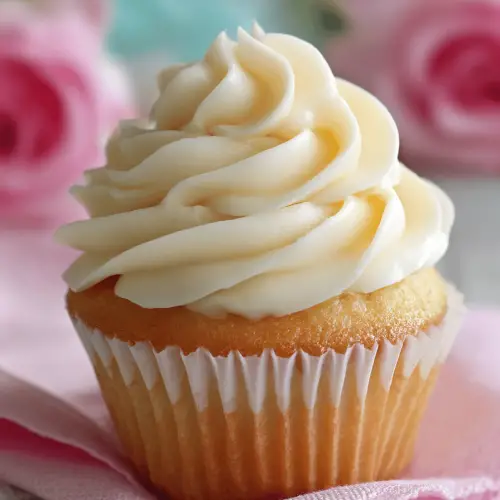
Buttercream Frosting Recipe
Ingredients
- 1 cup (2 sticks) unsalted butter room temperature (I love Kerrygold for its tang)
- 4 cups (about 480g) confectioners’ sugar sifted (to avoid grainy frosting)
- 2 teaspoons pure vanilla extract Madagascar if you can
- 2–3 tablespoons heavy cream (or whole milk, for a lighter swirl)
- Pinch fine sea salt (balances sweetness)
- Optional: gel food coloring or 2 tablespoons cocoa powder for chocolate buttercream
Instructions
- In the bowl of a stand mixer (or a large mixing bowl with an electric hand mixer), beat the softened butter on medium speed for 2–3 minutes, until it looks pale and fluffy. Tip: scrape down the sides halfway through—this guarantees even mixing.
- Lower the speed and gradually add the sifted confectioners’ sugar, one cup at a time. Pausing to scrape the bowl helps you avoid sugar clouds.
- Once the sugar is incorporated, add the vanilla extract and a pinch of sea salt. Turn the mixer to medium and let it blend for 30 seconds.
- Pour in 2 tablespoons of heavy cream, then mix on medium-high for another minute. If the frosting feels too stiff, add the extra tablespoon of cream; if it’s too loose, sprinkle in a bit more sugar. You’re aiming for soft peaks that hold their shape.
- If you want pastel hues or vibrant shades, stir in gel food coloring a drop at a time. Use toothpicks for precise control.
- For sharp, defined edges when piping rosettes or borders, cover the bowl and refrigerate for 10–15 minutes—this firming step can make all the difference.

